 1
1

Great pyramid in Cholla
 17. 04. 2024
17. 04. 2024



 1
1

 17. 04. 2024
17. 04. 2024
 6
6

 16. 04. 2024
16. 04. 2024
 8
8

 15. 04. 2024
15. 04. 2024
 1
1

 11. 02. 2020
11. 02. 2020

There is a fascinating type of construction left behind by our ancient ancestors. They are found almost everywhere in the world, and many independent researchers emphasize their unique origins as they have been present for thousands of years: these are iconic and mysterious pyramids. This article focuses on stunning examples of pyramidal buildings from Sicily and their possible creators.
Pyramids are found in a wide range of styles around the world: stepped, rhomboid, pointed, elongated, or even conical - but all bear the name pyramid or pyramid temple. Although they are located in different parts of the world and their size and style vary, many pyramids have several things in common: cardinal orientation and astronomical orientation according to Sirius or the three stars of the orion belt (best known for pyramids on the Giza plain in Egypt) , and / or orientation by other stars depending on the deities worshiped by the people who built them.
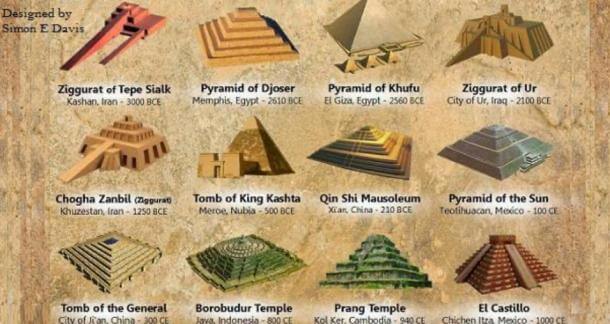
Different styles of pyramids.
Italy, too, has its own pyramids, although they are not well known. Thanks to satellite observation, in 2001 architect Vincenzo Di Gregorio discovered three hilly formations; were created by man and used as astronomical observatories and sacred places. They are located in Val Curone, Lombardy, called the Pyramids of Montevecchia, and are similar, if not in size, at least in location and astronomical orientation, to their much better known companions in Giza.
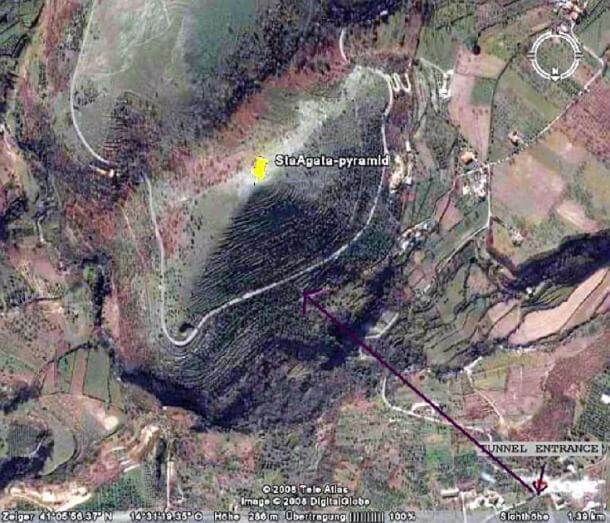
Pyramid of Sant'Agata dei Goti
Unfortunately, very little has been done to analyze and date these buildings in more detail. Di Gregorio recalls that northern Italy was inhabited by the Celts around the 7th century and that the first farmers date back to about 11 years ago. This suggests that these northern Italian pyramids may be 000 to 10 thousand years old. Venetian researcher Gabriela Lukacs, founder of european-pyramids.com and one of the first volunteers to research the pyramids in Bosnia *, surveyed and identified the relationship of the Italian pyramids to the Bosnian ones. Their layout shows that the Pyramid of Vesallo (Reggio Emilia) is oriented in accord with those of Sant'Agata dei Goti, Pontassieve, Vesallo-Montevecchia, Curone. It should be noted that Vesallo is at the same height as the Motovun Pyramid (Istria) and Sant'Agata dei Goti is located directly on the perpendicular with the pyramids in Visoko (Bosnia).
(* An article on Ancient Origins falsely stated that Gabriela Lukacs is an associate professor at the University of Pittsburgh, anthropology department. In fact, it is a confusion of names.)
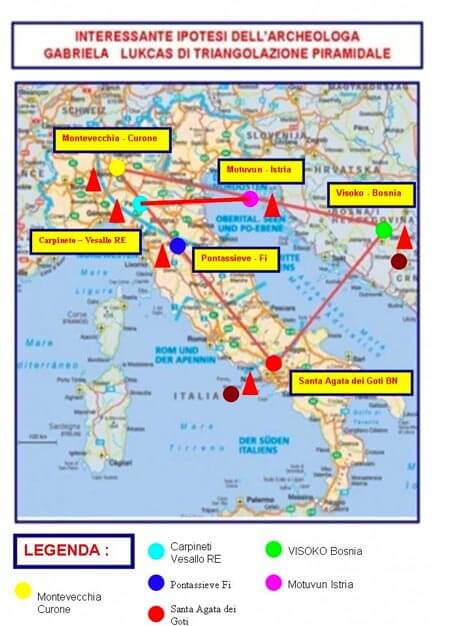
Relationship between Italian and Bosnian pyramids.
Theories and hypotheses are also wasted on the mysterious pyramids discovered 10 years ago in Sicily. There are about 40 of them and one of them is located right in the middle of the island, near Enna, and is called the Pyramid of Pietraperzia. Without accurate dates and data such as origin and dating, all the heated debates are rather pragmatic. Most of these pyramids are located in a semicircle around the slopes of Mount Etna on the Catania Plain - the largest Sicilian plain planted with olive groves and citrus trees. These pyramids measuring up to 40 meters in height, stepped or conical in shape on a circular or square base, intact or semi-demolished and sometimes fitted with altars on top, have been melted from tightly adjacent blocks of volcanic hronin laid dry to precise shapes. One of the building elements located in Sicily is the wall made of dry-laid stones. Many of these walls, which delimit roads and fields, are scattered across the countryside and in the suburbs of cities, especially because they resist earthquakes.
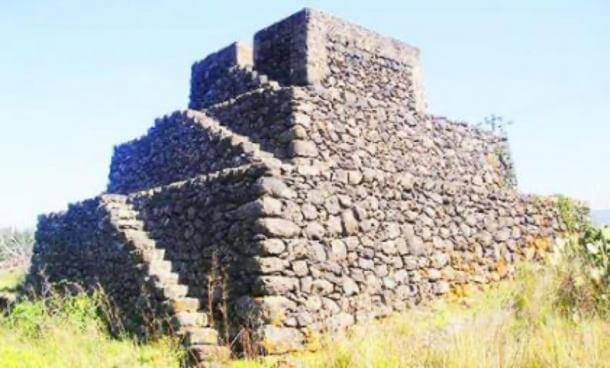
Pyramid on Etna.
For a long time the locals did not think much about these buildings; they are generally considered simple old buildings that have been used by landowners to control the work of local farmers. Some are difficult to identify because they are located on private land and are partly overgrown with vegetation or even included in the construction of ordinary houses. In addition, archaeologists and researchers are prevented from researching these buildings by the reluctance of landowners who fear that these pyramids will become a monument that would be subject to decrees and restrictions of the Heritage Act. However, research should continue because the recent discovery of ancient roads and water mains suggests the presence of an ancient civilization on the slopes of Mount Etna. The pyramids could be dated before the Greeks arrived in Sicily. According to some Italian historians, the buildings in the Alcantara Valley (facing the cardinal points) are just ordinary observatories built between the 16th and 19th centuries.
The Sicilian Pyramids are structurally similar to the astronomical language of the Barnenez Mound ("Cairnu" 70 meters long, 26 meters wide and 8 meters high) in Brittany, which archaeologists date back to between 5000 and 4400 BC. They also resemble the famous pyramids of Güímar in Tenerife , one of the Canary Islands. These similarities make it difficult to date the Sicilian pyramids and encourage the interest of independent researchers and conservative archaeologists to learn more about these mysterious buildings.
Like the pyramids in Sicily, the Pyramids of Güímar were often seen as a mere by-product of local farmers. In reality, however, they exhibit exceptional astronomical relationships that were discovered by the Norwegian sailor and adventurer Thor Heyerdahl during his visit to the Canary Islands in the 60s. Antoine Gigal, founder of Giza for Humanity, independent researcher, expert in Egyptology and author of many articles published in many world languages, discovered the Sicilian pyramids thanks to Italian photographers.
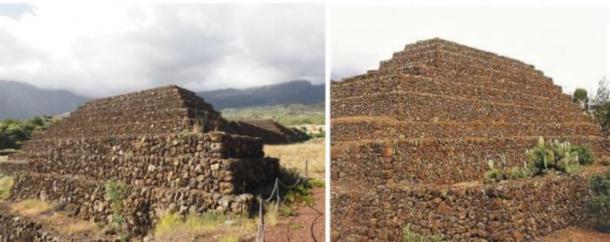
Left: Pyramid on Güímar, Tenerife, Canary Islands Right: Pyramid on Etna in Sicily.
“I knew about the existence of a dozen pyramids from Italian photographers, but we found about forty of them during our reconnaissance mission,” explains the French researcher. "All the pyramids, regardless of their different shapes, had a system of ramps or stairways leading up to the summit with a perfect view of Mount Etna, a factor that could indicate a cult of volcano worship."
These buildings are architecturally similar to the pyramids of Güímar and this could indicate their very ancient origins. According to experts, it could be the Sikans who inhabited the island before the arrival of the Sikel, ie before 1400 BC, who built some of these pyramidal buildings. According to a much more fascinating thesis, the pyramids were built by the people of Shekelesh, a tribe of marine peoples that comes from the region of the Aegean, which some archaeologists believe were the ancestors of the Sikans, if not the Sikans themselves.
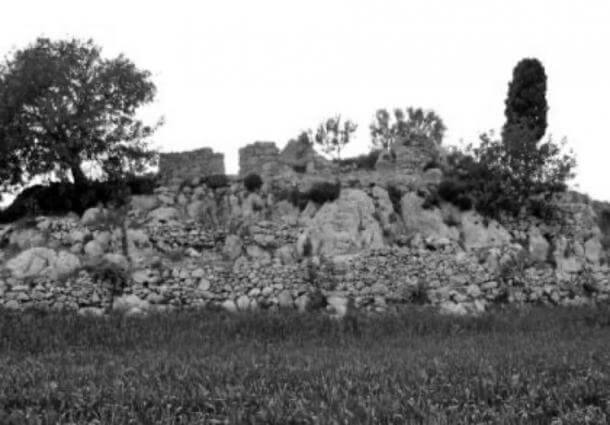
"The Sikan Pyramid."
According to British archaeologist Nancy K. Sandars, the pyramids were built by Shekelesh people. These people inhabiting the territory of southeast Sicily were skilled sailors. And many findings, such as the amphoras of Monte Dessuerei (near the Sicilian city of Gela), are exactly the same as those found in the Azores near Jaffa (Israel). Thanks to their mastery of seafaring, they got to Tenerife and the island of Mauritius, where they built the same pyramids as those in Sicily. In Odyssey, Homer calls Sicily Sikania, and in classical texts it is called Sikelia - hence the name of the Sikans. These people were probably there between 3000 and 1600 BC and then mixed with the local neolithic population.
Evidence of the presence of another culture dates back to the Bronze Age and Classical Antiquity and belongs to a people called the Elysians (or Elyms, who are attributed to the construction of the Temple of Segesta and the use of a hitherto unresolved language) who originally came from Anatolia. Thucydides noted that they were refugees from Troy. It could have been a group of Trojans who had escaped by sea, settled in Sicily, and gradually merged with the local Sikans. Vergilius wrote that they were led by the hero Acestes, King of Segesty in Sicily, who helped Priam during the war and welcomed the escaped Aene, whom he helped to arrange the funeral of his father Anchis in Erica (Erix).
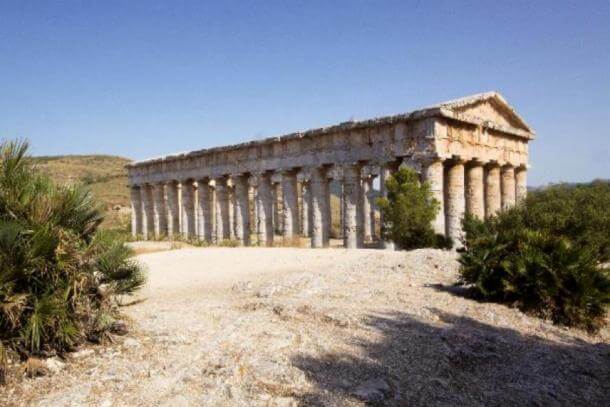
Temple of Elym in Segesta, Sicily.
To confirm various hypotheses about Trojan origin, it would be sufficient to perform DNA analyzes of the bones found here. But as always, the easy and unraveling of this secret is hampered by economic and bureaucratic problems.
It is not easy to determine which of these nations built the pyramids in Sicily. Most of our knowledge of the ancient inhabitants of this island comes from authors such as the historian Diodóros Sicilian (90-27 BC), who basically mentions very little about them and Thúkydidés (460-394 BC) the Athenian historian and soldier, one of the the main representatives of ancient Greek literature), who considered the Sikans as a South Iberian tribe. According to Thukydid, it was the Sikans who defeated the giant cyclops.
It is known that the Sikans lived in autonomous confederations and had strong ties with the Minoan civilization in Crete (4000 - 1200 BC) and Mycenaans (1450 - 1100 BC). It is also known that the Minoan civilization, with which the Sikans were very closely connected, developed very abruptly around 2000 BC and excelled among other Mediterranean cultures. One theory suggests that it was through contact with Egyptians who spread their technology and maintained business contacts with Mesopotamia. The fact is that at the same time the Minoans developed their own hieroglyphic script.
Around 1400 BC Massive migration of the Sikel (Si'keloi) from the coast of Calabria to Sicily took place, mostly settling in the eastern part of the island, pushing the Sikans to the west. The Greek historian Filistos of Syracuse (4th Century BC), author of the History of Sicily (Sikelikà), states that this invasion had its origin in Basilicata and was led by Siculus, the son of King Italian, whose people were pushed out by the Sabin and Umbria tribes. Previously, this culture dominated the entire Tyrrhenian region from Liguria to Calabria. Recently researchers have come up with the idea that Siculus and his people came from the east. Prof. Enrico Caltagirone and prof. Alfredo Rizza calculated that in the present Sicilian language there are more than 200 words that come directly from Sanskrit.
All data on the origin and history of the marine peoples, allegedly a maritime confederation, comes from seven Egyptian written records. According to these documents, during the eighth year of the reign of Ramesses III, king of the twentieth dynasty, the people of the sea tried to conquer Egyptian territory. On the Great Inscription from Karnak, the Egyptian Pharaoh described them as "foreign or sea-peoples." They probably came from the Aegean region and, during a voyage to the Eastern Mediterranean, invaded Anatolia (causing the collapse of the Hittite empire), Syria, Palestine, Cyprus and Egypt, the period of the new empire - the last invasion was not so successful. The people called Shekelesh are only one of the nine marine nations.
Together they are the following nations: Danuna, Ekveš, Lukka, Pelest, Shardana, Shekelesh, Teres, Jeker, and Veshes **.
(** Czech transcription is based on a translation of Eric H. Cline's book "1177 BC. The Collapse of Civilization and the Invasion of the Marine Nations".)
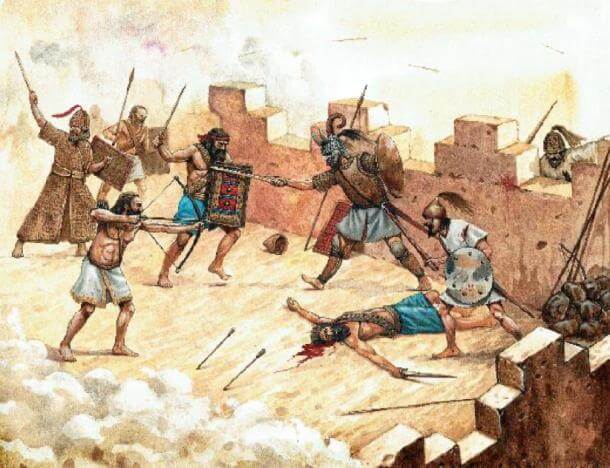
Illustration: Attack of the peoples of the sea to the Syrian fortress.
Unraveling the secrets of the pyramids in Sicily is not easy, because it contains a mixture of jumble of historical data, myths and legends that overlap each other with accepted historical documents. What is missing is reliable data. Unconfirmed reports indicate that cooperation has been concluded between the European Union and experts from Tenerife (including Vicente Valensia Alfonsa, who previously worked with the University of Maine at Güimar, Spain) to conduct a detailed study of the whole area. Meanwhile, extensive studies, research, exploration, and… experts are open to new ideas.
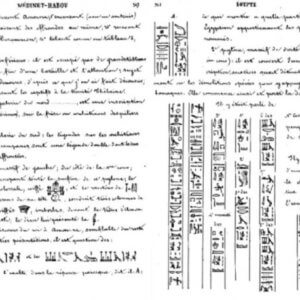
Champollion's description of the peoples, including the marine peoples, listed on the second pylon in Medinet Habu.